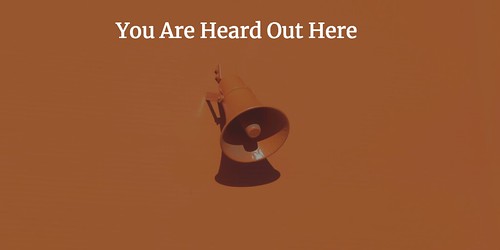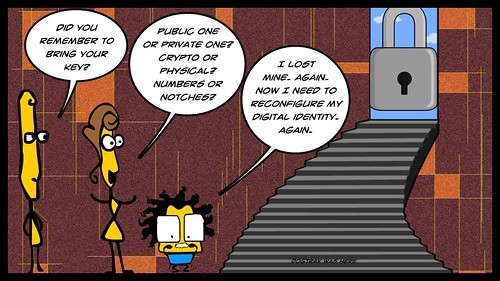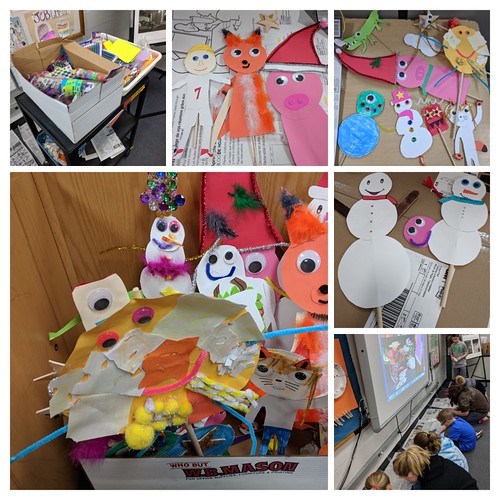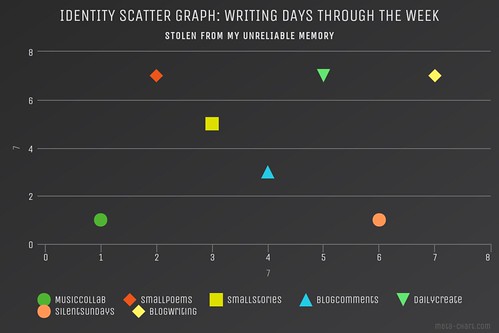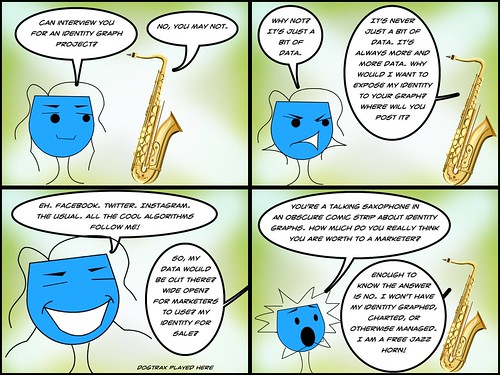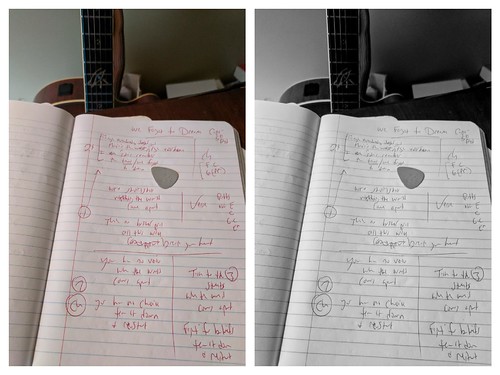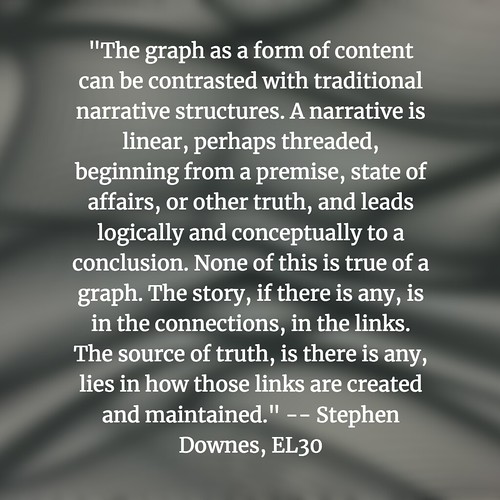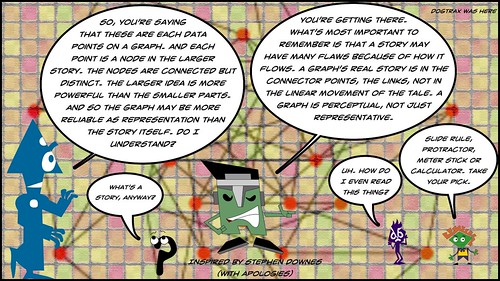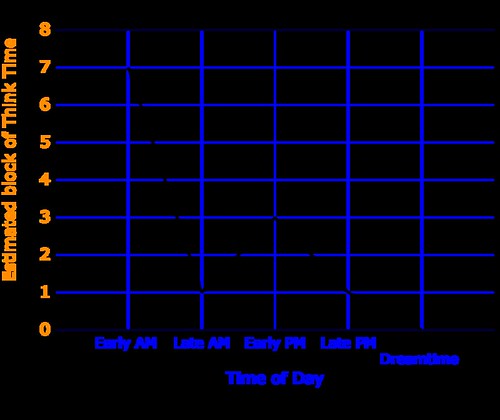 (This is for the Slice of Life challenge, hosted by Two Writing Teachers. We write on Tuesdays about the small moments in the larger perspective … or is that the larger perspective in the smaller moments? You write, too.)
(This is for the Slice of Life challenge, hosted by Two Writing Teachers. We write on Tuesdays about the small moments in the larger perspective … or is that the larger perspective in the smaller moments? You write, too.)
We’re in a digital writing unit that centers on expanding the notions of what it means to compose, with a focus on writing with sound. The way it works is that my students will be creating small Sound Stories (about a paragraph or so) in which they will record their voices, weaving in sound effects from a library of audio I provide them and layering looped music underneath it all. It’s composition, in the fuller sense of the word.
Sort of like an audio stew.
This is one I did a few years ago that I share with them as an example. They all get a kick out the ending:
The other day, I showed them how to use Garageband, and for nearly all of my students, this was their first taste of this powerful music-making, sound-mixing software application on the computer. A few have used the Garageband mobile app (which remains one of the more powerful music-making apps available for Apple devices – sorry, Android. Nothing you have comes even close.)
Snow days and ice delays have put a dent in my plans for making the Sound Stories, so we will start again on the Sound Story activity when we get back from Thanksgiving break.
But here’s what I notice with Garageband — there is a real excitement about making songs and creating music when you have access to interesting sound loops, and the most creative students are sometimes the ones you expect least. I don’t mean that as a disparaging comment … I mean, in the writing classroom, you don’t often see the music engineer ready to bloom, or not unless you give them the seeds and soil to bloom in. Software like Garageband, or sites like Soundtrap, can do that.
Now, my students are coming into class, earbuds in hands, asking if today is a Garageband Day in writing class. Today, in fact, will be one of those days, once we get some other writing done (we’re also working on converting a scene from their independent reading books into a play/movie script … that’s another write-up for another day).
Time to make some music.
Peace (sounds fine),
Kevin

